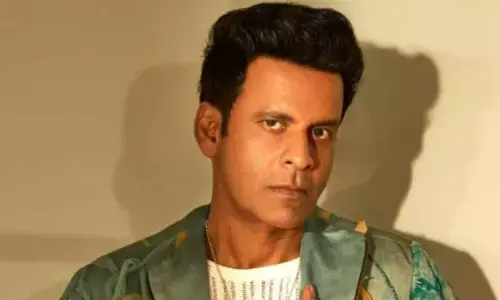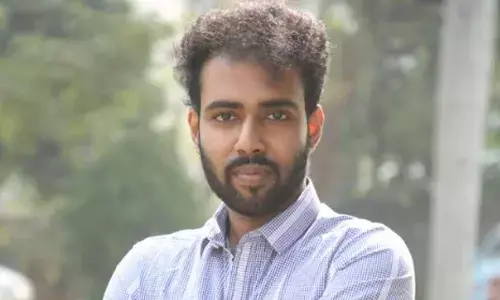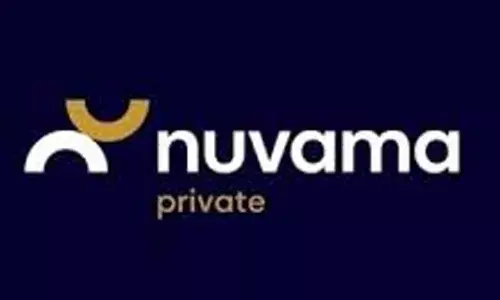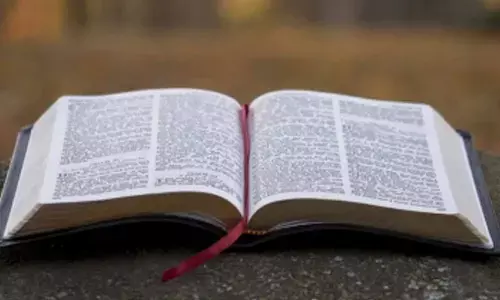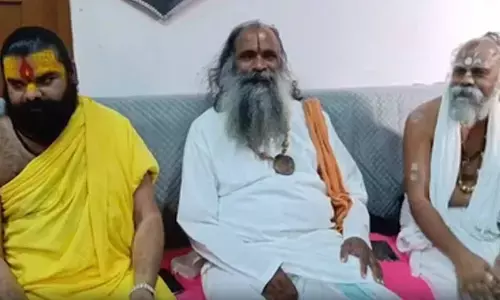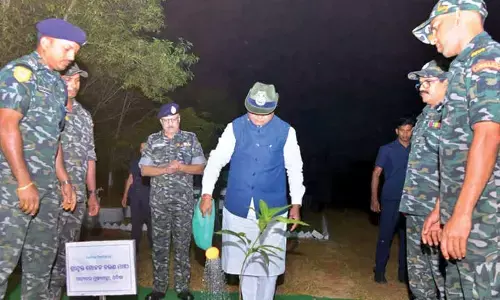Vasco da Gama’s Historic Voyage to India
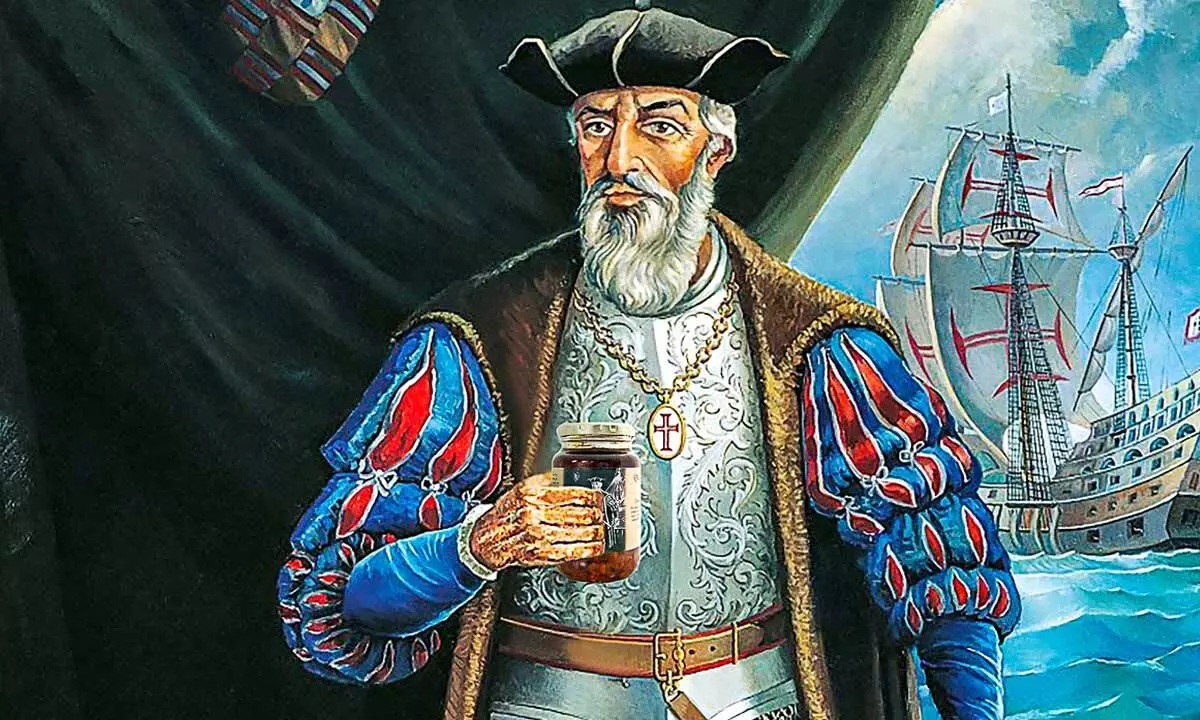
On May 20, 1498, Vasco da Gama, a Portuguese explorer, made a landmark arrival in Kozhikode (Calicut), Kerala, successfully establishing a sea route from Europe to India
On May 20, 1498, Vasco da Gama, a Portuguese explorer, made a landmark arrival in Kozhikode (Calicut), Kerala, successfully establishing a sea route from Europe to India. Departing from Lisbon in 1497, da Gama's expedition marked a significant breakthrough in navigation, sailing via the Cape of Good Hope.
The Quest for a Sea Route
As Spain focused on the New World, Portugal aimed eastward, targeting Asia for its lucrative trade goods like gold, spices, and silk. The arduous overland route to Asia prompted the search for a maritime alternative. Bartolomeu Dias had earlier circumnavigated the Cape of Good Hope in 1488, laying the groundwork for da Gama’s mission.
The Journey Begins
On July 8, 1497, Vasco da Gama set sail from Lisbon, first stopping at Cape Verde Islands for repairs and supplies. Departing Cape Verde on August 3, he ventured west into the Atlantic to catch favourable winds, a route that left his fleet without sight of land for three months.
Rounding the Cape of Good Hope
The expedition reached the southern tip of Africa on November 7, stopping at St. Helena Bay for repairs and resupply. A violent encounter with locals at St. Helena Bay left da Gama wounded. Continuing, they rounded the Cape of Good Hope on November 22 and stopped at Mossel Bay, where they reorganized the fleet.
East African Coast and Scurvy
Sailing up the East African coast, they made multiple stops, including at Quelimane and Mombasa, where they treated scurvy-stricken crew with local oranges. On April 15, they arrived in Malindi, securing a local pilot for the Indian Ocean crossing.
Arrival in India
After departing Malindi on April 24, the fleet reached Calicut on May 18, 1498. The Portuguese interacted with local Hindus, mistaking their religion for a form of Christianity. Communication was facilitated through Arabic speakers and local translators, but misunderstandings arose. Their modest gifts failed to impress the local ruler, leading to tensions and the temporary capture of some Portuguese.
Legacy
Vasco da Gama’s return to Portugal with spices like pepper and cinnamon confirmed the viability of the sea route, paving the way for future expeditions and significantly altering global trade dynamics.










